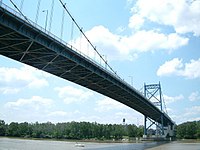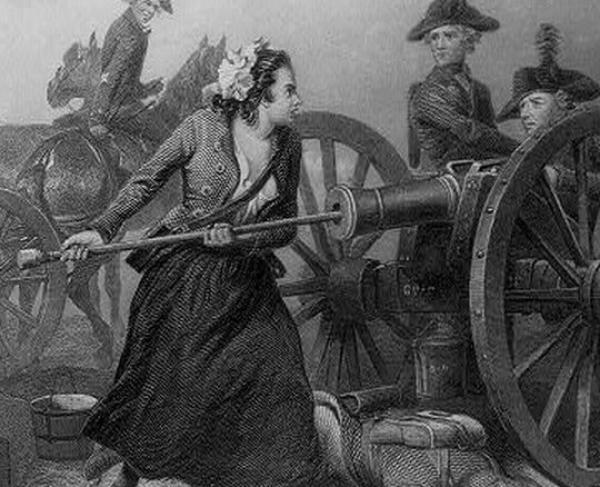It is not my intention to rehash the controversy surrounding military installations named for Confederate leaders. But a recent article on Time magazine’s daily email The Brief got my attention. It seems there is a surprising imbalance in who we are choosing to honor in our base naming.
According to the article, there are almost eighty active U.S. Army bases in the county, but only three are named for Revolutionary War veterans: Alexander Hamilton (in New York), Henry Knox (in Kentucky), and Daniel Stewart (in Georgia). In other words, more installations are named for Confederates, our one-time enemy, than our Revolutionary War heroes.

So if we want to talk about renaming bases, the Revolutionary period would be an excellent place to start. From my knowledge of that period, I can think of several worthy honorees. For example, Anthony Wayne. Better known as Mad Anthony, he rose to the rank of brigadier general and served throughout the Revolutionary War. Later, his reputation was somewhat tarnished by his campaigns against Native Americans, especially by winning the Battle of Fallen Timbers, the last battle of the Northwest Indian War, but he still was a key member of George Washington’s staff. At least Fort Wayne, Indiana continues his legacy.
One of my favorite generals of this period is Daniel Morgan. Morgan’s innovative tactics won the Battle of Cowpens in South Carolina on January 17, 1781 (https://en.wikipedia.org/wiki/Battle_of_Cowpens). Later, he commanded troops in the suppression of the Whisky Rebellion of 1791-94.
The Time article lists its own favorites. Often overlooked is the number of Black soldiers who fought for the Revolution. There was Prince Hall of Boston, who won his freedom in 1770 before serving as a soldier and early abolitionist. One of six individuals with that name, Hall’s service proved that General Washington’s army was integrated, a circumstance that would not be repeated until after World War II.

Have you ever heard of Molly Pitcher, who supposedly took over firing a cannon after her husband fell? Although Pitcher was probably a partly fictional combination of two women, the “fairer sex” did serve with distinction. We know Deborah Sampson of Plympton, MA was real. An American Mulan, Sampson disguised herself as man, volunteered for the army, and proved herself in combat until a wound exposed her ruse.
Honoring both Hall and Sampson, or other forgotten-but-worthy veterans, would send a strong signal to both women and minorities that their patriotic contributions are remembered and valued.
Taken from “Renaming U.S. Army Bases Should Start with America’s Unrecognized Veterans” by Craig Bruce Smith at https://time.com/6052570/renaming-u-s-army-bases-unrecognized-veterans/?.
